Some Tile Art
We are busy re-skinning some of the examples for our Grids library with proper art. This one example had me very excited, especially since it looks so impossible once you know what you are looking at. All the detail!
The tile set was designed by Dave Baxter using his voodoo magic.
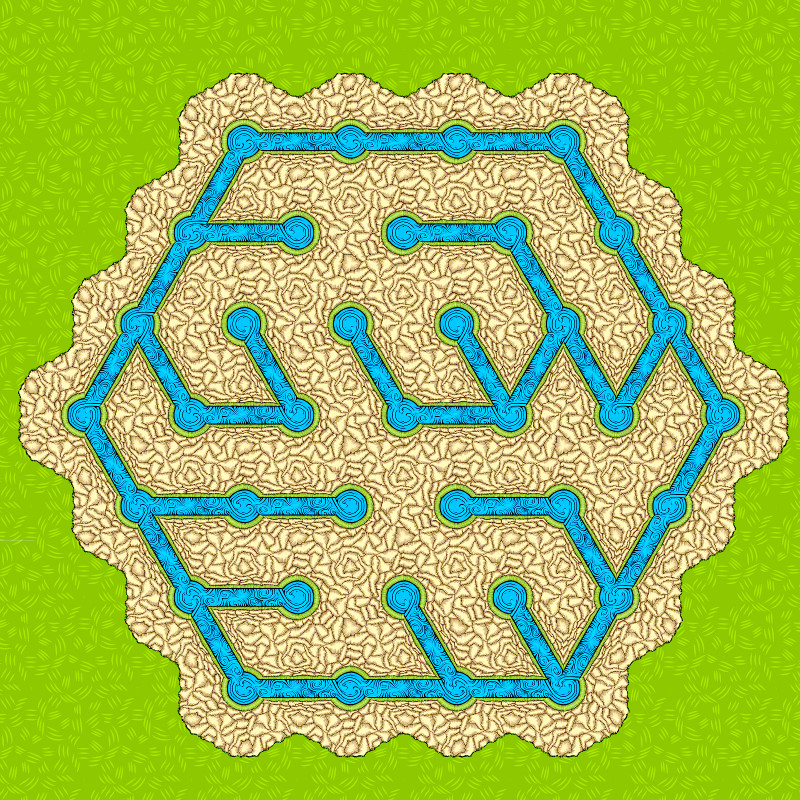
Here is a detail:
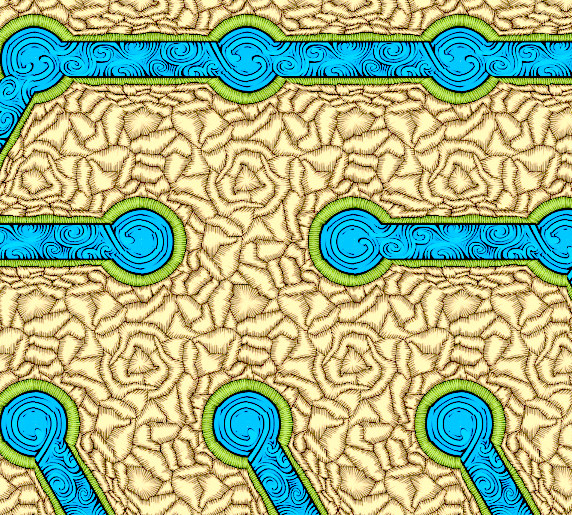
The matching is still slightly inexact because of a cheat to get rid of a rendering artefact. It's a programming issue though; the tiles really do match up perfectly.
How the tiles are positioned:
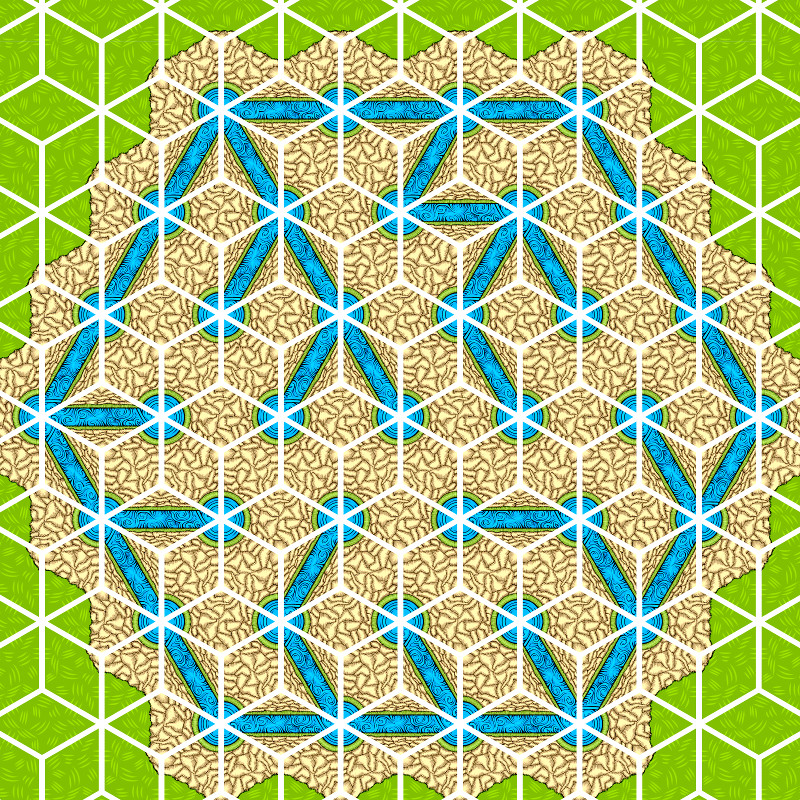
And the four five tiles:
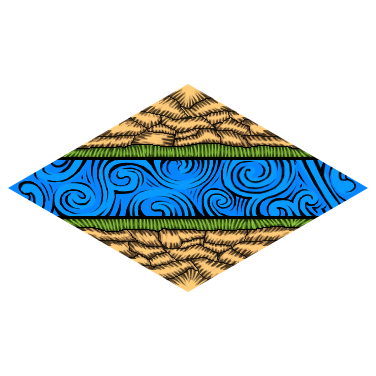
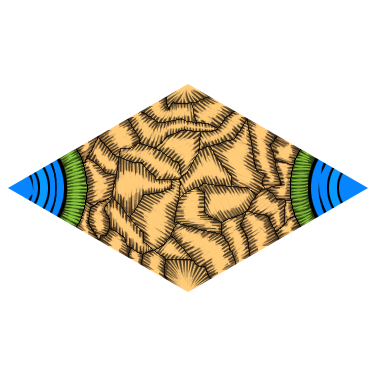
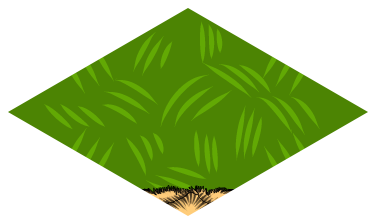

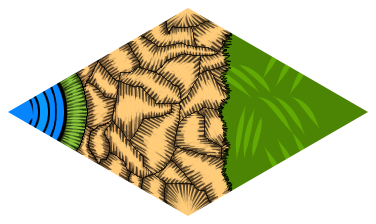
What is weird is after ramming my head for cool unusual grid-game ideas for weeks without much success, once the art (using some arbitrarily chosen themes) started flowing in, we suddenly have lots and lots of ideas (we will be posting some prototypes soon!) [But I also feel a bit guilty, because without intending to, we managed to yet again make art before gameplay....oi :--/]
The tile set was designed by Dave Baxter using his voodoo magic.

Here is a detail:

The matching is still slightly inexact because of a cheat to get rid of a rendering artefact. It's a programming issue though; the tiles really do match up perfectly.
How the tiles are positioned:

And the four five tiles:





What is weird is after ramming my head for cool unusual grid-game ideas for weeks without much success, once the art (using some arbitrarily chosen themes) started flowing in, we suddenly have lots and lots of ideas (we will be posting some prototypes soon!) [But I also feel a bit guilty, because without intending to, we managed to yet again make art before gameplay....oi :--/]


screen_158_B.jpg
572 x 515 - 295K


screen_158_A.jpg
800 x 800 - 467K


Tile01_A.png
376 x 376 - 94K


Tile05.png
376 x 224 - 17K


Tile03.png
376 x 224 - 23K


Tile02_A.png
376 x 376 - 117K


screen_159.jpg
800 x 800 - 540K


Tile04.png
376 x 224 - 89K

Comments
Reminds me of Thomas Sahan's woodcut-style work on Incredipede.
@dislekcia Will do :) The art was in fact inspired by Incredipede. Initially it was just to be an example of something cool (and anti-farmville-style), but Dave took it on as a challenge, to our delight :)
This is the basic priciple of the tiling: presenting edges of a triangular grid as a "rhombille" grid:
(The right image shows the same grid can be used for hex-grid edges, using a different tile design).
And here is how the maze used to look using our programmer art:
(You can still view the old interactive maze builder algorithm here).
A common alternative approach used for edge-type grids is to use node-to-node type rendering techniques (often line rendering). I find these are often a bit cold and harsh (but of course, suitable for many games). On the other hand, the tile approach makes it possible to get a completely different visual look. You can have lines with body, detail, thickness, and indeed a touch of love...
For me, it is a lot of fun figuring out how to hide the grid. Finding interesting ways for the tiles to connect up to hide seems, distorting symmetry by adding "confusing" detail (not in this set, but in some other sets we came up with), and how to use tile variations to further intrigue the viewer.
A lot of the ideas floating in my head has to do with the toy-like aspects of these tiles, and how pleasant it is just to muck around with them. (I still spend hours and hours just building things with the tiles!) I think there is potential to use it as a different kind of "juice" in games, often as something that happens visually, but does not affect gameplay per se (for example, the way creatures forms in one of my prototypes http://www.makegamessa.com/discussion/399/a-simple-puzzle-game-now-with-exotic-creatures-prototype#Item_27). I definitely want to explore this idea further.
As to the art inspiring a game idea, I second @Nitrogen's response: I see no problem at all with art elements being the first step and source of inspiration. ^_^